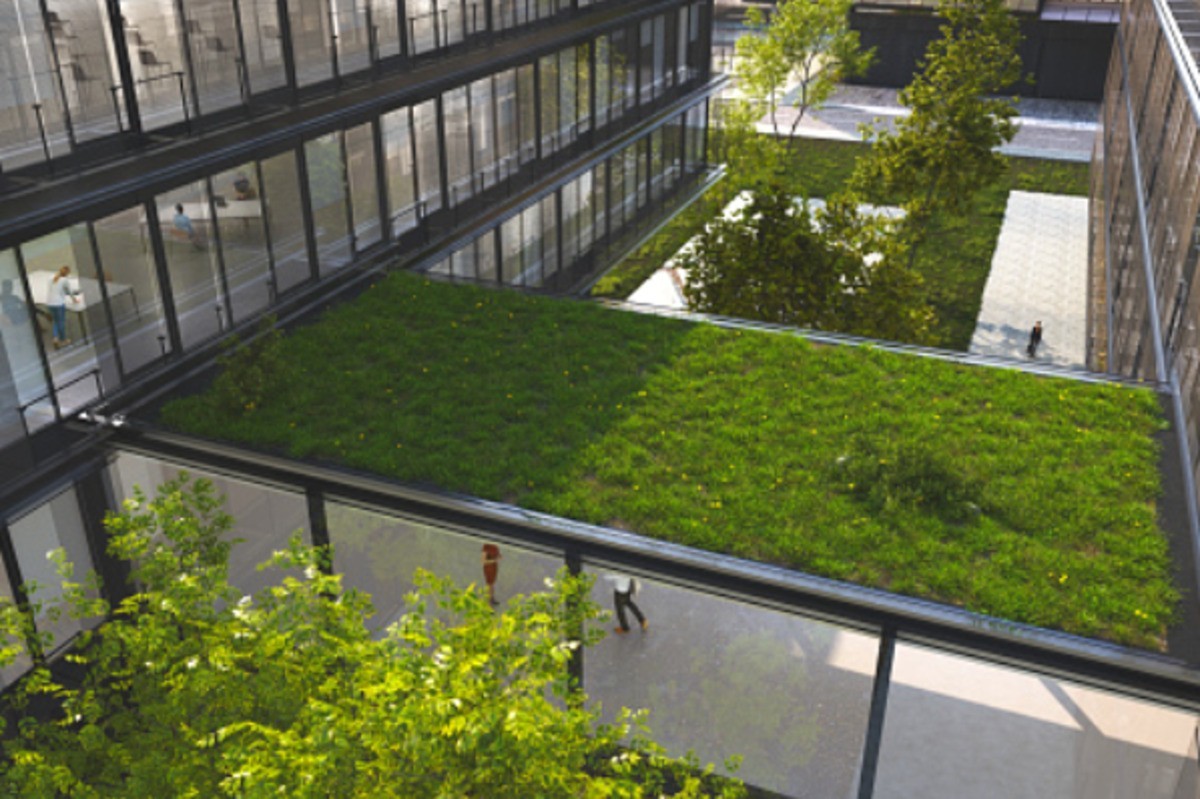How Is Green Building Sustainable?

Due to the harmful effects of climate change in recent years, the United Nations has established the Intergovernmental Panel on Climate Change. It is the governing institution when it comes to assessing and providing lawmakers with regular scientific evaluations on the implications and subsequent risks of climate change and how to mitigate these effects effectively.
Recently, the IPCC reported that a rapid environmental transition in construction, energy, and transport is required to meet the target global reduction objective. Commercial and residential facilities account for around 40% of global energy-related carbon emissions. Choosing a more sustainable building these structures can significantly help reduce our carbon impact.
Furthermore, it's not just the government that is taking notice of the overall effects of global warming, as more businesses, corporations, and people all over the globe recognize the importance of becoming environmentally responsible. Since most buildings account for a large percentage of the overall impact of carbon emissions, it is only logical that the building industry transition to a more sustainable building method.
An effective way of integrating sustainability into construction is through green buildings. By definition, green building refers to the quality and features of the structure created using sustainable materials and design principles. It can also be defined as environmental facilities designed in a resource-efficient manner.
Due to the outstanding contribution that green buildings bring to the table, the US Office of Energy Efficiency and Renewable Energy associated the term high performance as a direct reference to facilities that achieve high energy levels and environmental performance. But how exactly are green buildings sustainable?
Design principles
One of the primary objectives of a reduced impact construction method is to significantly reduce a large number of resource depletion and waste generated every year by the building industry. Building owners, designers, and contractors each face unique challenges throughout the project to meet sustainable demands from clients and various regulations to reduce their carbon impact.
In addition to introducing sustainable methods, many environmental design advocates encourage retrofitting existing buildings instead of building new structures. The process significantly costs less and would require fewer materials. The standard definition of sustainable building design changes over time, but six fundamental principles must always exist in every green building.
- Maximize Site Potential - Creating or retrofitting a green building starts by effectively integrating sustainability into the site design. Whether it's a single structure, a campus, or a large complex, it is best to introduce intelligent growth principles and consider the overall impact of the design on the surrounding flora and fauna.
- Optimize Energy Usage - Before the industrial revolution in the late 1800s, our energy demands were modest. We primarily relied on natural energy from the sun and wood for lighting and heating. However, this all changed when we learned how to use coal to generate light in homes and factories. While this was a remarkable feat for innovation, fossil fuels have significantly heated up the whole planet by trapping heat. Green buildings can help mitigate these devastating effects with an improved energy performance design and smart use of natural sources through ventilation and skylights. By using an intelligent approach to energy consumption, we can reduce our dependence on fossil fuels.
- Protect and Conserve Water - Freshwater resources in the US are increasingly becoming scarce and limited. A sustainable green building design must implement an efficient water resource method to preserve natural freshwater supply. In addition, it is ideal for introducing the practice of recycling water.
- Optimize Building Space and Material Use - As the global population grows, the need and use of natural resources will also continue to expand. While this growth is unavoidable, we can significantly lessen the threat of resource depletion by reusing materials to maximize their value in the most productive way possible. Employing sustainable materials such as LEED recessed access doors can also reduce global warming and improve worker safety on site.
- Enhance Indoor Environmental Quality (IEQ) - Enhancing the IEQ of a new or existing building can significantly improve the occupants' health, well-being, and productivity. Among other sustainable features, green buildings maximize natural daylighting, ventilation and insulation, acoustic performance, and avoiding materials with high-Volatile Organic Compounds (VOC) emissions.
- Optimize Operational and Maintenance Practices - Designing a green building involves many design considerations. It is ideal to have the building owner and maintenance personnel during the design and development phase to ensure proper functions and reduce maintenance requirements. Since becoming more sustainable is transitioning from traditional building methods, collaborating with environmental building experts can considerably ensure the project's success.
Traditional building methods heavily rely on consuming many natural resources, generating toxic waste, and releasing carbon emissions. These destructive methods essentially paved the way for a more sustainable process for building constructions.
The bottom line
Not only will green buildings help reduce the effects of climate change, but they will also create a "win-win" situation for construction firms and building owners. Choosing to become environmentally responsible is a top trigger for the demand for greener structures, presenting certain economic benefits. Businesses stand to gain reduced operational and material costs, shorter investment returns, and increased asset value.
They also positively affect public health, which is crucial since statistics show that most Americans spend 90% of their time indoors. Improved air quality reduces absenteeism, increases productivity, and boosts employee morale.
Ultimately, we can reduce carbon emissions and enhance energy efficiency by effectively integrating sustainable methods in the construction industry. Creating spaces that support our health and environment is vital to accelerate ecological responsibility and deliver a better standard of living.



